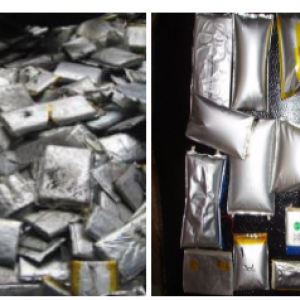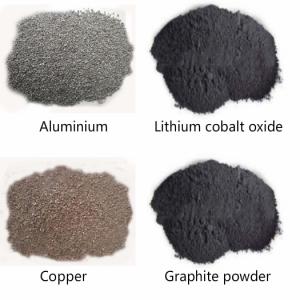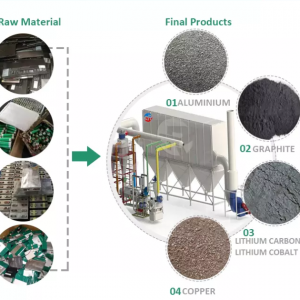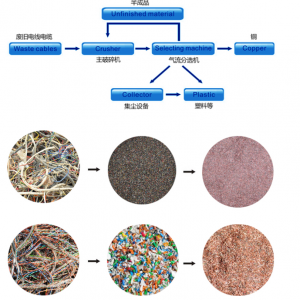What is the Mechanism charcoal?
Machine-made carbon, also known as artificial carbon, regenerated carbon, and smokeless clean carbon, is extruded from wood chips into carbonaceous rods. Cob Charcoal has a wide source of raw materials, Rice Husk, peanut HUSK, cotton Husk, corn cob, corn stalk, sorghum stalk and so on can be used as raw materials to produce COB charcoal, with Sawdust, shavings, bamboo chips as the best. It has high density, high calorific value, no smoke, no smell, no pollution, no explosion, flammable, is internationally recognized green products.
MACHINE CARBON PRODUCTION:
Sawdust (Sawdust) as the main raw materials, branches, rice husks, bamboo chips, peanut skin, sunflower seed husks, furfural residue, wine residue, Bagasse, corn cob, coconut husks, coffee husks and crop Straw in north and south China can also be used after being crushed, but the method of mixing proportion needs to be adjusted. Drying oven drying into the appropriate humidity of the standard raw materials, after cooling into the molding machine (bar machine), and then high temperature, high-pressure molding into pay Rod (semi-finished) , by carbonization furnace (carbonization furnace in a variety of forms, generally brick kiln) carbonization is finished product mechanism charcoal.
CHARACTERISTICS OF MACHINE-MADE CARBON:
The difference between machine-made charcoal and other charcoal
1. Environmental protection: Do not cut down trees, using bamboo and wood products waste production, turning waste into treasure. The production of ordinary charcoal to cut down trees, damage the ecological environment.
2. High Energy: fixed carbon content about 80%, calorific value about 7500-8000kcal / kg, while fixed carbon content of charcoal is low, calorific value about 6500kcal / kg.
3. Clean and sanitary: no smoke, no charcoal head, no spark, no ash falling during combustion, 3% or 6% ash after combustion, less ash, flammable.
4. Regular shape, reasonable structure, easy to use: uniform length and size, hollow or solid structure, conducive to combustion and use.
5. Low Moisture content, less than 5%: high moisture content of ordinary charcoal.
6. This product contains no chemicals, no poison, no smell, no pollution, long burning time and so on.
Classification of mechanical carbon
Most manufactured carbon is at the same ex-factory price as measured by that grade.
Low-temperature carbon
Low-temperature carbon, its loose texture, low carbon content, poor mechanical strength, heft, feel light, it is mainly used in industry and agriculture (such as silicon refinery), heating and Hotpot (its price is generally around 228.7 USD/ton)
Medium-temperature carbon, medium-temperature charcoal barbecue charcoal, its texture than low-temperature carbon, carbon content slightly higher than low-temperature carbon. It feels heavy when it is hefted in the hand. It is mainly used for bbq, in addition to industry and agriculture, heating and Hotpot, etc. (its price is generally in 228.7-2257.6USD /ton)
High-temperature carbon
High-temperature high-quality carbon, it is from the high-temperature furnace fired. It is hard, heavy to handle, can sink into the water, when hitting can make steel sound, its carbon content, volatile and ash small, burning without flame, the burning degree is 3 times of low-temperature Carbon, is 2 times of medium-temperature carbon. It is suitable for all occasions using charcoal, especially for high-grade Barbecue and export (its price generally in 285.7-571.4 USD/ton)
Exported to Europe and the United States, Japan's mechanism carbon requirements are generally: carbon content above 90%, volatile 12%, water 4%, ash 4%, calorific value above 8200 calories.
APPLICATION OF MACHINE-MADE CARBON:
Originated in Japan, the product is called "Wood loss servant", after Taiwan into the mainland. In English, it's called "machining made charcoal".
There is a vast market for manufactured charcoal. Catering (bbq, hotpot, barbecue, etc.) used for barbecue charcoal, mechanism charcoal density is more than 3 times charcoal, burning smokeless, industrial, mechanism charcoal for the production of carbon disulfide and steel smelting. It is also used as a supplementary fuel for boilers. Its density is similar to that of coal, with a calorific value of 5500-7000 KCAL / KG, but its ash content is significantly lower than that of coal.





